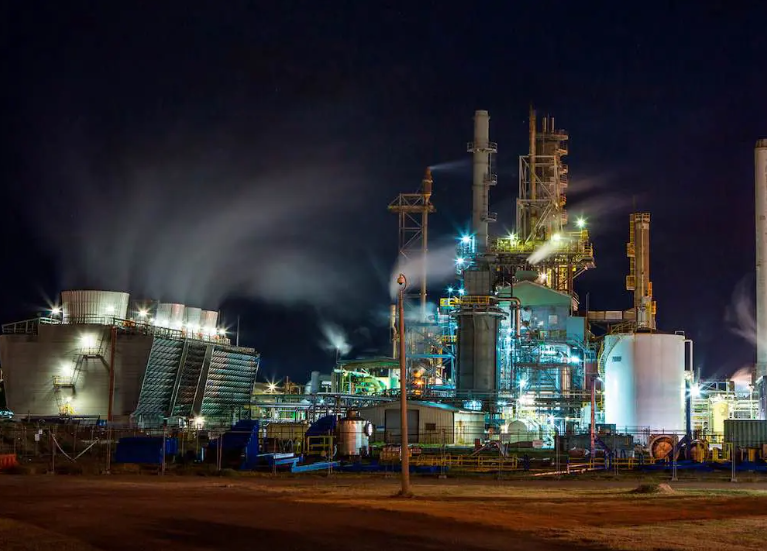NSW Labor said on Thursday it has signed a $45 million funding agreement to build the Hunter Valley Hydrogen Hub on the Newcastle coast, to produce 5,500 tonnes of green hydrogen a year for energy storage and as a feedstock in industrial processes.
The primary customer will be industrial giant and project co-developer Orica, whose Koorangang Island ammonia manufacturing plant is one of the state’s largest industrial users of gas – accounting for around 10-15 per cent of total NSW gas per year.
The plan for the hub is to establish around 55MW of electrolyser capacity by 2026, which the aim to scale that up to over 1 gigawatt of capacity over the following decade.
“The Hunter area is one of NSW’s leading industrial regions that contributes $50 billion to NSW’s gross state product and has a critical role to play in our state’s clean energy transition,” said state energy minister Penny Sharpe on Thursday.
“Projects like the Hunter Valley Hydrogen are vital to decarbonising the industrial sector as we work towards a net-zero future.”
The NSW government funding follows a $70 million contribution from the federal government announced in mid-July.
Origin’s general manager for Future Fuels Ryan Willemsen-Bell said on Thursday that government support was “vital” to help bridge the commercialisation gap for hydrogen projects and to demonstrate the technology can be produced at scale.
“We are pleased to be collaborating with Orica to progress this proposed project with a view to helping decarbonise their nearby ammonia manufacturing operations, while the Hub would also offer hydrogen as viable future fuel option for mobility customers,” he said.
“We are excited about the potential for hydrogen to contribute to a cleaner future and help Australia reach its decarbonisation goals through substitution into industrial processes and manufacturing and by replacing diesel in heavy transport.”
For Orica – which recently agreed to co-fund the hydrogen hub with Origin Future Fuels, through front-end engineering design – green hydrogen will be crucial to its plan to cut its net operational Scope 1 and 2 emissions by at least 45 per cent by 2030, from 2019 levels.
The company on Thursday said it had made a start on reining in the primary source of greenouse gas emissions at Kooragang Island, which is from the production of ammonia and nitric acid, both intermediaries in the production of ammonium nitrate.
According to its website, Orica’s Koorangang Island plant can produce around 350,000 tonnes of ammonia, 330,000 tonnes of nitric acid and 430,000 tonnes of industrial-grade ammonium nitrate a year.
The production of nitric acid generates nitrous oxide as a by-product of catalytic oxidation of ammonia, but the company says it has started to eliminate these gases via the Australian first deployment of tertiary catalyst abatement technology.
Orica says its co-located Tertiary Abatement Plant at Kooragang Island will cut the equivalent of more than 500,000 tonnes of carbon dioxide a year, reducing emissions from Orica’s nitric acid manufacturing plant by 48 per cent.
The plant – also funded by the NSW government as well as the federal government’s Clean Energy Finance Corporation – has so far abated the equivalent of 250,000 tonnes of carbon dioxide emissions from November 2022 to August 2023.
Orica said on Thursday that the next step in reducing its site-based emissions will be the use of renewable hydrogen as a feedstock, rather than the fossil gas used today.
Adding green hydrogen to the mix on Koorangang Island will also help diversify Orica’s business, while capitalising on its strategic location on the Port of Newcastle, where it is the only ammonia plant operating on Australia’s east coast with direct access to a deep-water port.
“We are deeply committed to continuing support for our customers by future-proofing our regional manufacturing, jobs and economies,” said Orica Group executive and president Australia Pacific, Germán Morales.
“As we progress plans to develop the Hunter Valley Hydrogen Hub, by leveraging our unique location, existing operations, experience and end markets, we will not only address some of our most material greenhouse gas emissions but also create future markets for Orica while supporting our customers as the world transitions.”
